Helen Hunt, 60, Stuns During Her Latest Appearance, and Her Lips Become the Center of Attention

London metro — or “the Tube” if you want to sound like Londoners — carries something like 1.8 billion passengers annually, which is roughly equivalent to the population of China. (Good thing they all don’t show up at once! It’d be a very long line.) London has the oldest metro in the world.
The first line opened in 1863. There’s no doubt that it had awesome engineering because most lines are still in use today. Other lines were continuously constructed, and now the city has one of the most famous mass transport systems in the world.
Yet, like most of the best things in life, the Tube has its imperfections. It keeps getting hotter every year. An article proves that the average temperature inside the tunnels was around 57°F in 1900. So how come it became a sauna over the years?
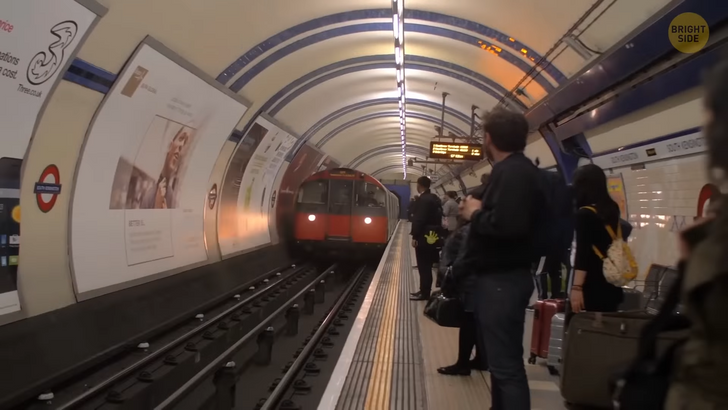
Well, there are several factors, but let’s start with the tunnels themselves. Some stations are more than 164 feet down, in ‘deep level’ tunnels. They are constructed with dense clays and chalks that support the entirety of the tunnels. But these materials are also incredibly effective for absorbing a lot of heat.
The number of trains using the tunnels has increased over time, and so has the tunnel walls’ temperature. Central Line is the best example of being a sweat box, especially in the summer months. Luckily, most of the other lines have well-ventilated tunnels. Londoners say that The Elizabeth Line is an oasis of cool compared to deep-level lines.
It’s not just the tunnels that turn the Tube into an oven. The train stations are apparently too close to each other. There are 170 stations in the network that are within about a half mile of each another. So, trains are constantly stopping and starting, and this generates a lot of wasted heat. Biologically speaking, Human mammal’s bodies generate heat too.
According to the calculations, passengers on the Tube generate around 2% of the warmth in the tunnels. Of course, that’s nothing compared to other facts, and you cannot take the passengers from the equation anyway — there’d be no one to ride the trains. Authorities are trying to find ways to bring fresh air to the tunnels. Air conditioning options are on the agenda. In fact, Knightsbridge is the trial station as it’s one of the hottest stations. It’s equipped with air coolers.
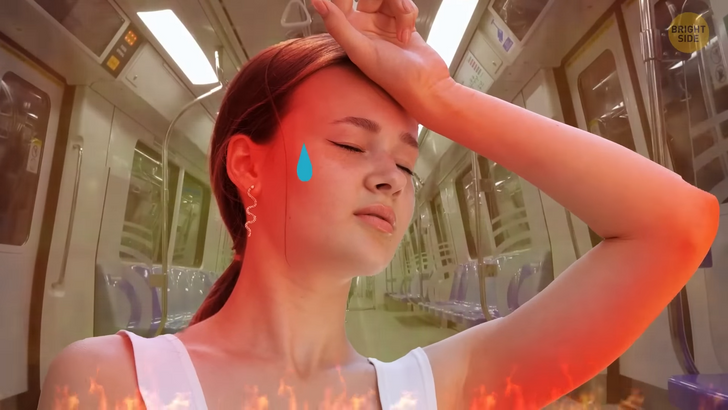
“Mind the gap” is an audible and visual warning phrase. The phrase was first coined in 1968 in the London Underground. Since then, it has become an iconic part of the London Tube, particularly for tourists who love the British accent.
Fancy going even deeper than the tunnels? Before you answer, I must report that around a half-million mice live in the London Underground network. Now sure, this situation isn’t unique to the Tube. Mice can be found in other mass transit networks around the world too. Hey, those animals are just looking for warmth, shelter, and food, and there’s a possibility to meet one of them any time of the day at a random station, but mice are nocturnal animals, they are usually more active at night. If that gives you any consolation.
Okay, let’s leave the mice below the tunnels and talk about the colorful subway stations of Stockholm. Beneath the city, there’s an intricate art gem welcoming you. It’s labeled as “the world’s longest art gallery.” After 1950, artists decorated these stations with paintings, installations, mosaics, and sculptures.
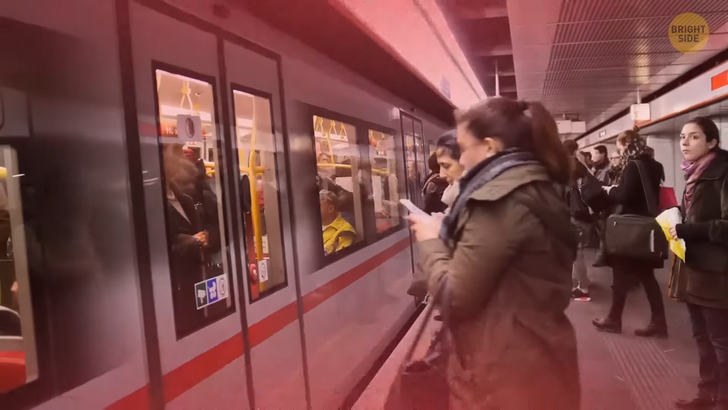
Number 5 is “the tunnel” from Istanbul, Turkey. It’s a historic underground funicular line. The tunnel is about 1,880 feet long. So the journey is short. What’s interesting about this line is its date of construction. “Tünel” is the second-oldest subterranean urban line in the world. Plus, it’s the oldest surviving underground urban line in Europe that’s still in use. This title used to belong to the funicular line in Lyon, but that one has been converted into an underground road tunnel.
Ashram Metro Station in Delhi has set the world record of being the smallest metro station in the world. Even though it’s so little, it has two floors; one is devoted to ticketing counters, and the other is for the ride. The station is constructed vertically to save space. So the horizontal station size is reduced to almost half of the average size.
Imagine that this is your first time in France, and you happen to be at one of the largest and most complex underground stations in the world. Would you ask for help or try to find your way out on your own? Or maybe you’d allow yourself to be lost and go up to the surface, not knowing where the line would take you. If that’s your plan, “Châtelet-Les Halles” [shaht-LAY lez-AHL] is the perfect match for you. The station connects 3 train lines and 5 metro lines. The platforms are separated by up to a half mile. To make it less complicated for people, it’s split into 3 sectors. It has over 750,000 passengers every weekday.
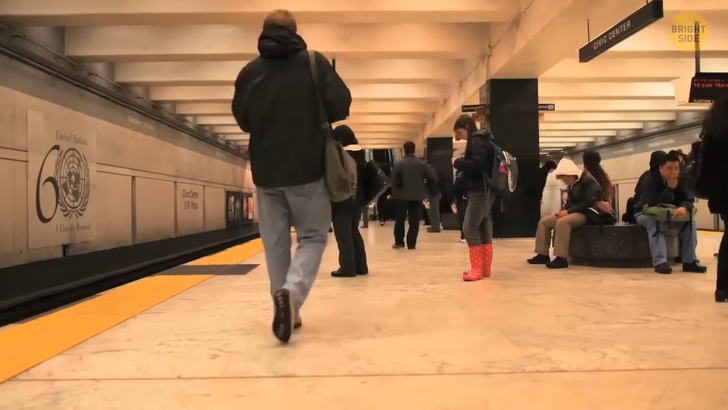
New York City holds the record of having the most stations in the world. It has 472 stations if we add transfer ones too! Impressively, 470 of these stations run 24 hours a day every day of the year. Lucky New Yorkers. Fun fact: if all the NYC’s subway tracks were added to each other end to end, they would be long enough to reach Chicago.
The Shanghai Metro is the longest metro network by route length. It’s 499 miles and has the highest yearly ridership at around 3.8 billion trips. What about the smallest metro system in the world? Its name is Carmelit. It has only 4 cars and 6 stations moving in a single tunnel about one mile long.
The next stop is Copenhagen. Some of the underground stations of the metro are situated below the ground, but they are visible at ground level thanks to elevator towers and glass pyramids. The pyramids are there to bring daylight all the way down to the platform below. It would be cool to wait for the metro to come with a pleasant natural light.
Another interesting thing about Copenhagen’s underground system is its driverless trains. It’s one of the first driverless metros running 24/7. Of course, rails need some maintenance, but that’s not an issue for the Copenhagen metro network, because it has a two-track system. In this system, experts can work on one track while the other line is still in service.
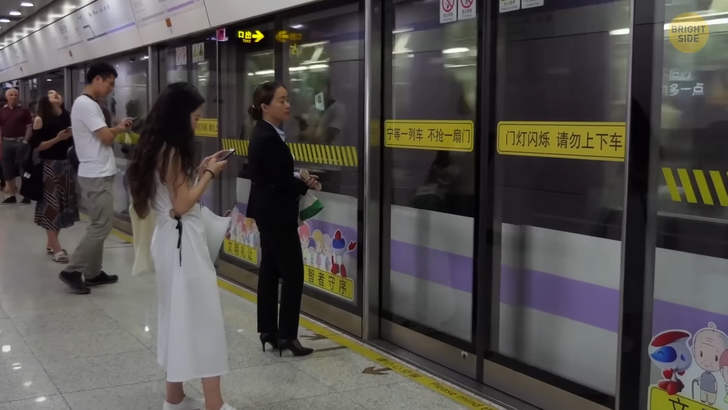
Where does the word ’metro’ come from anyway? It’s an abbreviated version of the “Paris Metropolitan”. The company that once operated most of the network was named um — no, I can’t say the full name [Compagnie du chemin de fer métropolitain de Paris]. It’s too long. Parisians made it shorten anyway by calling it. “Le Métropolitain”. This phrase is then quickly shortened to métro. Over time, it became a common word used to refer to all subway networks.
The Dubai Metro cabins offer three different classes of service: silver, gold, and women and children only. So four of the cars are named Silver Class. They run with a regular metro car layout. The remaining one, on the other hand, is split into two cabins. One cabin is for women and children only, and the other cabin is Gold Class. The Gold Class has comfortable individual seats you would generally find in trains or planes. The seats have tray tables and everything. The cabin also has a luggage compartment, so passengers don’t have to put their bags on the floor.
Think of the gold class as the business class and the silver class as the economy. Gold-class tickets cost more. On the cabin walls, warning signs show themselves. People traveling in Gold Class without the proper ticket are charged with a $27 fine. The women-only cabin is another interesting part of this car system. The women-only rule isn’t strictly enforced, but men can get a penalty for entering this designated subway.
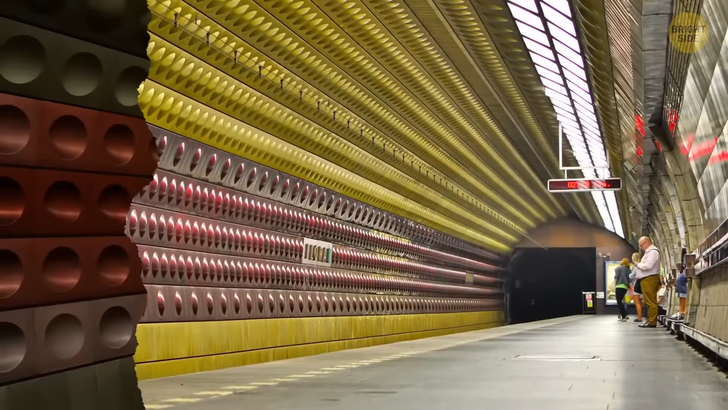
There’s a hidden meaning behind the colors of Prague’s subway lines. The lines have a geometric modern design. For instance, the golden shade symbolizes Prague Castle. The green color stands for the royal gardens, and the red line is to honor the 27 Czech noblemen in the Estates of the uprising in 1621. There are also brown, blue, and reddish-purple colors.
Since 2022, M1 Line of the Budapest metro has been a UNESCO site. With its historical roots and amazing engineering, the metro line is an architectural and artistic masterpiece. Also, line 1 is the oldest of the metro lines in Budapest. The original look of the old stations has been preserved, and each station features historical photographs and information for visitors to explore the station’s past. Lastly, did you know that traveling by public transportation is 10 times safer per mile than traveling by car? Well, now you know.











